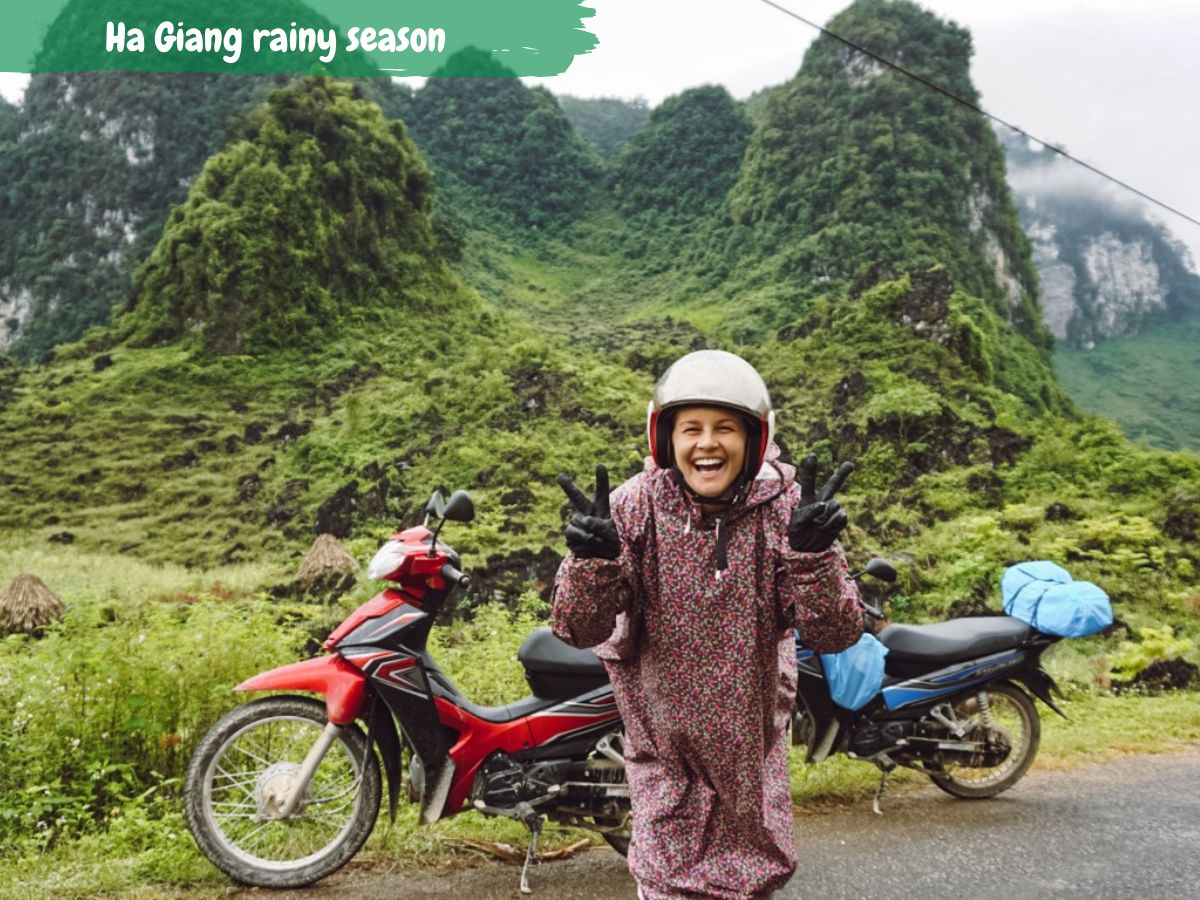Ha Giang Loop, Travel Guide
Ha Giang Rainy Season Travel Guide: Tips and Insights
Located in the northernmost province of Vietnam, Ha Giang is a destination renowned for its rugged landscapes, rich cultural diversity, and breathtaking natural beauty. However, Ha Giang rainy season, which spans from May to September, presents its own set of challenges and rewards. This guide provides an in-depth look at what to expect and how to make the most of your visit during this season.
In A Nutshell
- Ha Giang’s terraced rice fields and misty mountains are exceptionally beautiful during the rainy season, offering breathtaking views and perfect photography opportunities.
- A unique chance to experience the daily lives and traditions of Ha Giang’s ethnic minority communities, with opportunities to stay in local homestays.
- Despite the challenges of muddy tracks and slippery roads, the rainy season adds an element of excitement to motorbiking and trekking adventures in Ha Giang.
- Packing waterproof gear, traveling light, staying updated on weather conditions, and hiring a local guide is crucial for a safe and enjoyable trip.
- Embracing the rain in Ha Giang Lopp leads to a memorable journey filled with natural beauty, cultural richness, and thrilling activities, making it a unique travel destination.
The Beauty of Ha Giang in the Rainy Season
Ha Giang is a province located in the far north of Vietnam, known for its stunning mountainous landscapes. The rainy season in Ha Giang typically runs from May to October, with the peak rainfall occurring from July to September.
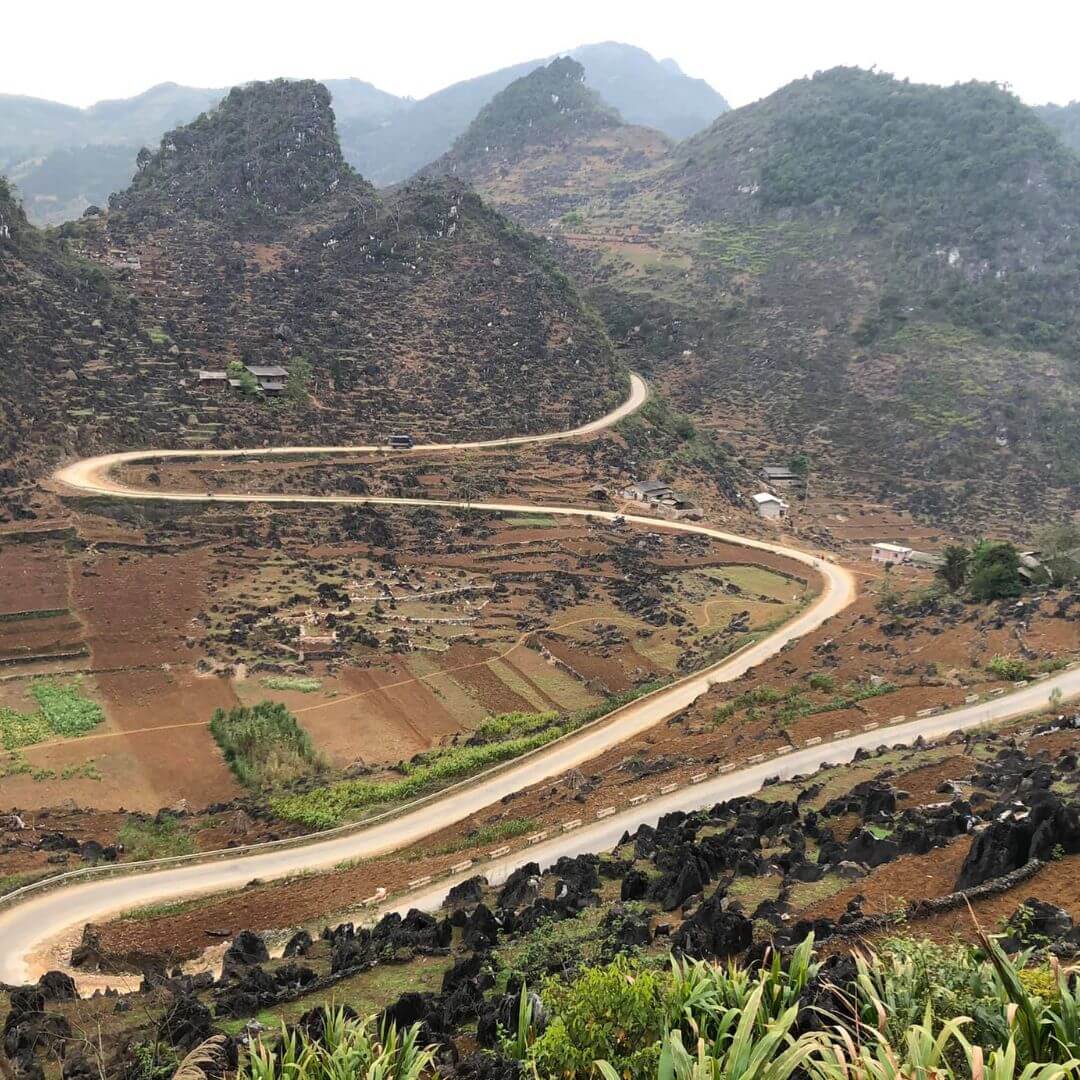
The rainy season in Ha Giang is marked by frequent showers and thunderstorms, often occurring in the afternoons. Occasionally, there are periods of continuous rain lasting several days. During these months, rainfall averages between 300-450mm per month, with temperatures ranging from 20°C to 28°C (68°F to 82°F). The monsoon rains bring increased humidity and often result in misty mornings and cooler temperatures at higher elevations, especially at night.
During the rainy season, the landscapes of Ha Giang transform dramatically. The mountains become lush and verdant, with waterfalls and streams flowing abundantly. The terraced rice fields take on a vibrant green hue, creating a picturesque backdrop.
Navigating the Captivating Landscapes of Ha Giang in the Rain
Exploring Ha Giang rainy season offers a unique perspective. The region’s rugged terrain and winding roads, often shrouded in mist, create a sense of mystery and adventure. While the rain can make travel a bit challenging, it also enhances the natural beauty of the area.
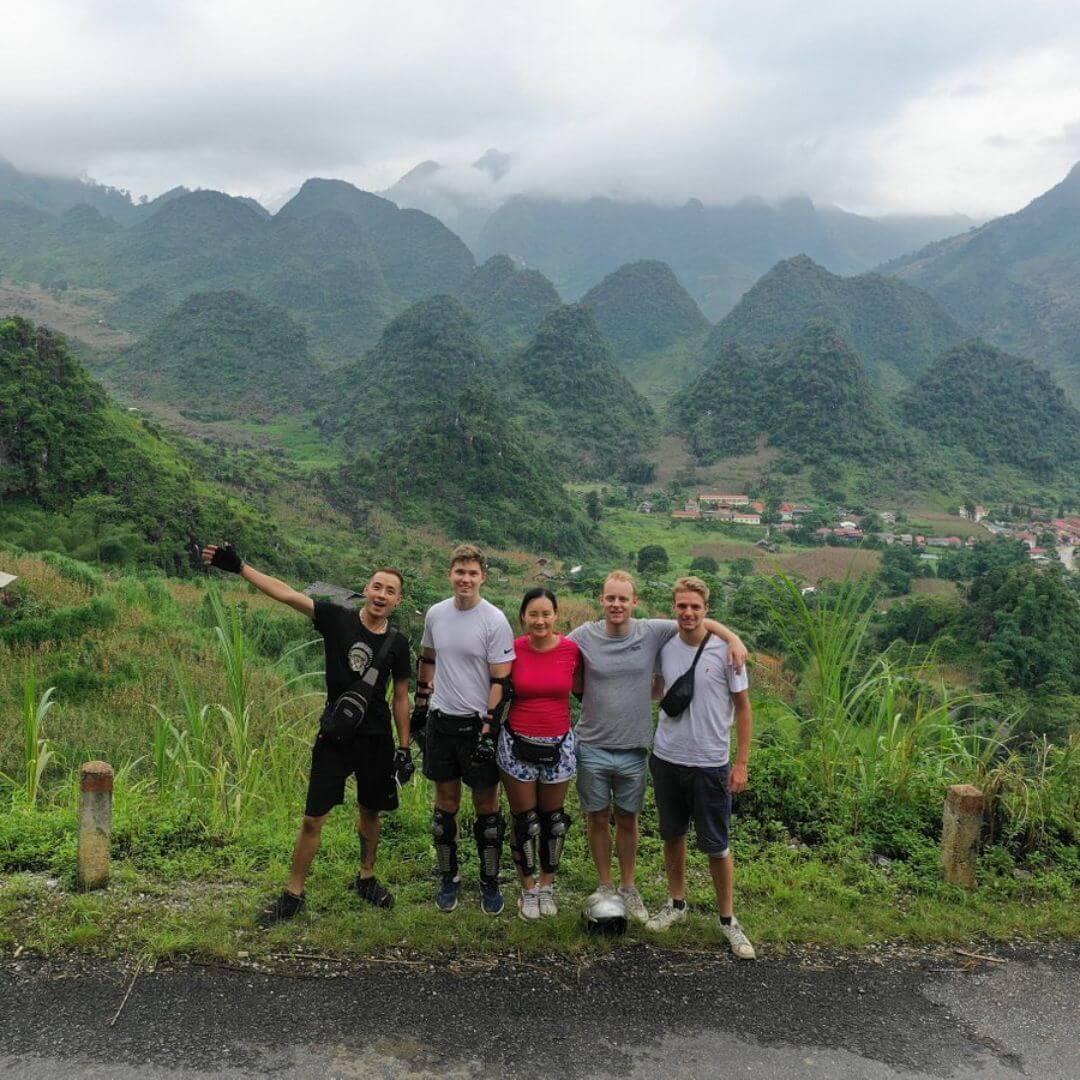
Traveling the Ha Giang Loop during the rainy season can be particularly challenging. Roads can become muddy and slippery, with many developing potholes and signs of erosion. Common hazards include landslides, especially on mountain passes like Ma Pi Leng, and flooding in low-lying areas. To ensure safety:
- Drive slowly and cautiously.
- Check for road closures and weather updates regularly.
- Carry extra fuel and emergency supplies in case of unexpected delays.
Activities and Attractions of Ha Giang Rainy Season
The rainy season brings frequent downpours, fog, and low cloud cover, which can impact visibility and make road conditions more challenging for motorcycle riding. But each season has its own beauty, you still can enjoy some enjoyable activities and see breathtaking attractions in a unique way:
Recommended Activities
For adventure seekers, the Ha Giang rainy season is a playground. The challenging motorbike loops, such as the famous Ha Giang Loop, become even more thrilling with the added element of rain. Just be prepared for muddy tracks and slippery roads.
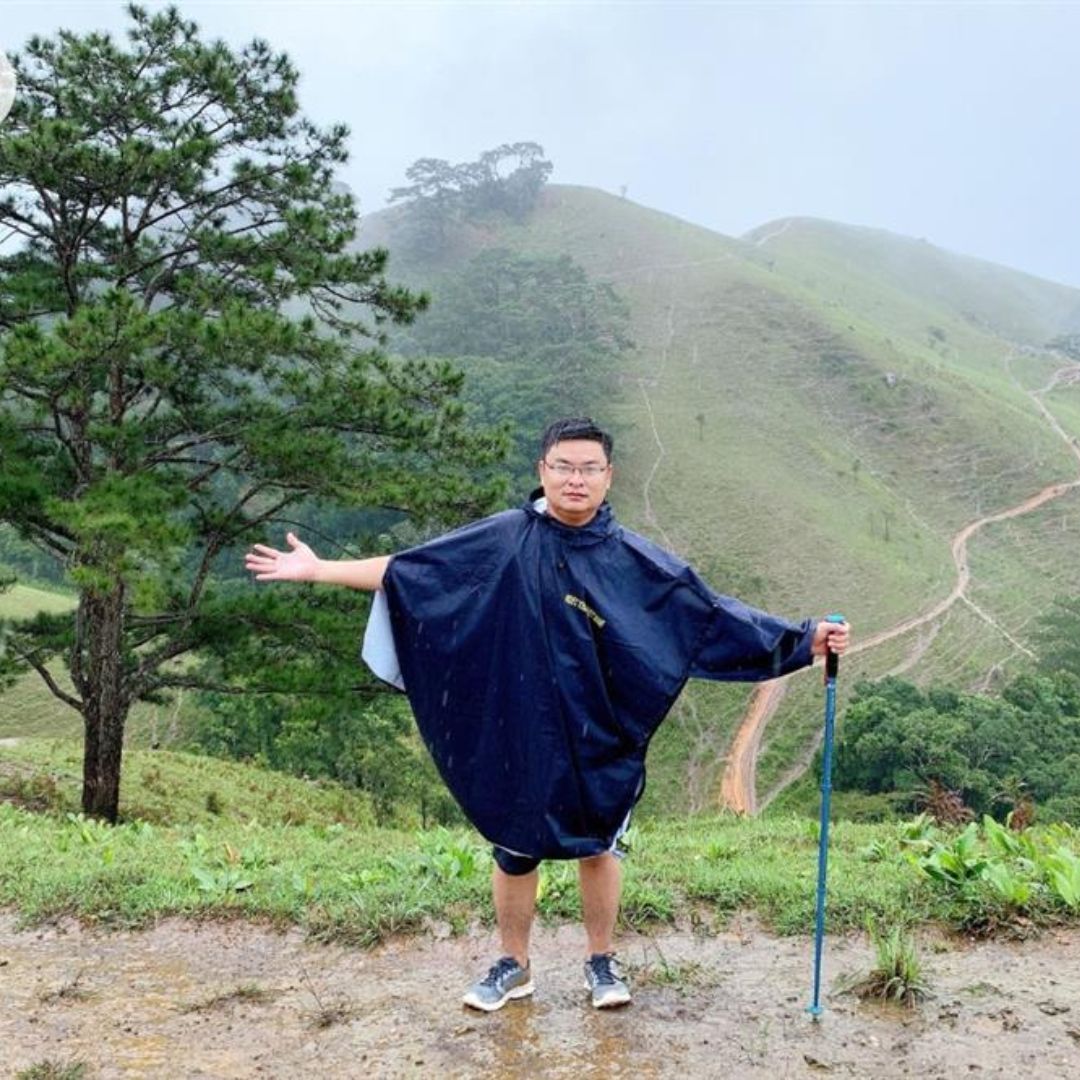
Trekking is another popular activity. Shorter day hikes to minority villages like Sung La and Seo Nguyen allow travelers to interact with local communities and learn about their unique customs and livelihoods. The trails take you through dense forests, over steep hills, and across rushing streams. The reward for your effort is the breathtaking scenery and the sense of accomplishment that comes from navigating such a rugged landscape.
Attractions
One of the best times to witness this beauty is in August when the rice fields are at their greenest. The sight of clouds gently caressing the mountaintops and mist enveloping the valleys is nothing short of magical. It’s like stepping into a living postcard.
For photography enthusiasts, the rainy season is a dream come true. The diffused light and dramatic skies provide perfect conditions for capturing stunning landscapes. Don’t forget to bring waterproof gear for both yourself and your camera, as sudden showers are common.
Cultural Experiences
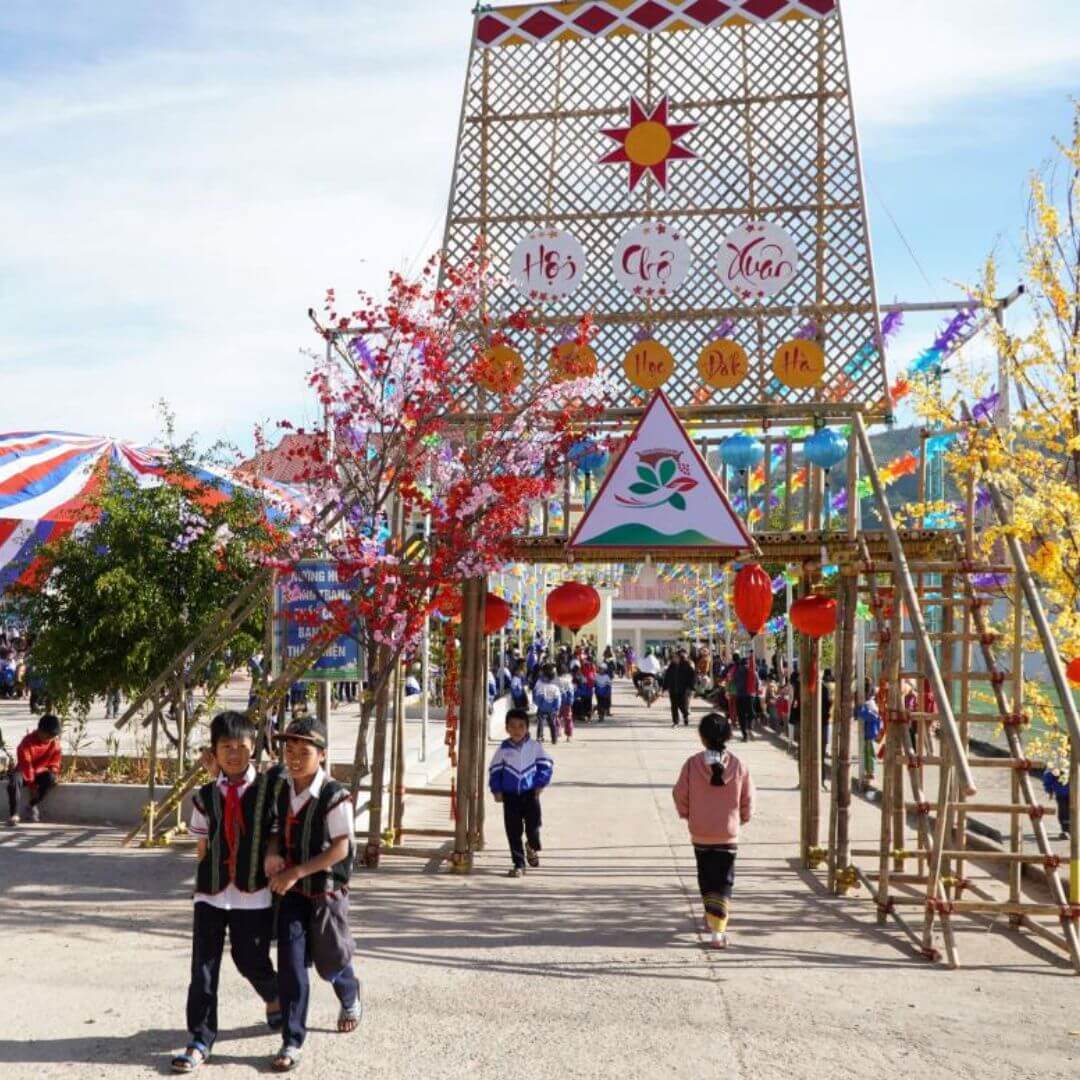
Ha Giang is home to several ethnic minority groups, each with its own rich culture and traditions. Visiting their villages during the rainy season offers a deeper, more authentic experience. The locals’ daily life continues unabated, and you can witness traditional farming techniques, vibrant markets, and unique cultural practices.
One of the highlights is the opportunity to stay in a homestay with a local family. This not only supports the community but also gives you a firsthand look at their way of life. The warm hospitality of the people is sure to leave a lasting impression.
Visiting the markets in Dong Van and Meo Vac provides an immersive glimpse into local culture and commerce. These markets are hubs of activity, where ethnic minority groups come to sell their handicrafts, fresh produce, and livestock.
Strolling through the bustling market stalls, you’ll find an array of colorful textiles, intricate silver jewelry, basket-weaving, and other traditional handicrafts produced by the H’mong, Dao, Tay, and other ethnic communities in the region.
Pros and Cons of Visiting During the Rainy Season
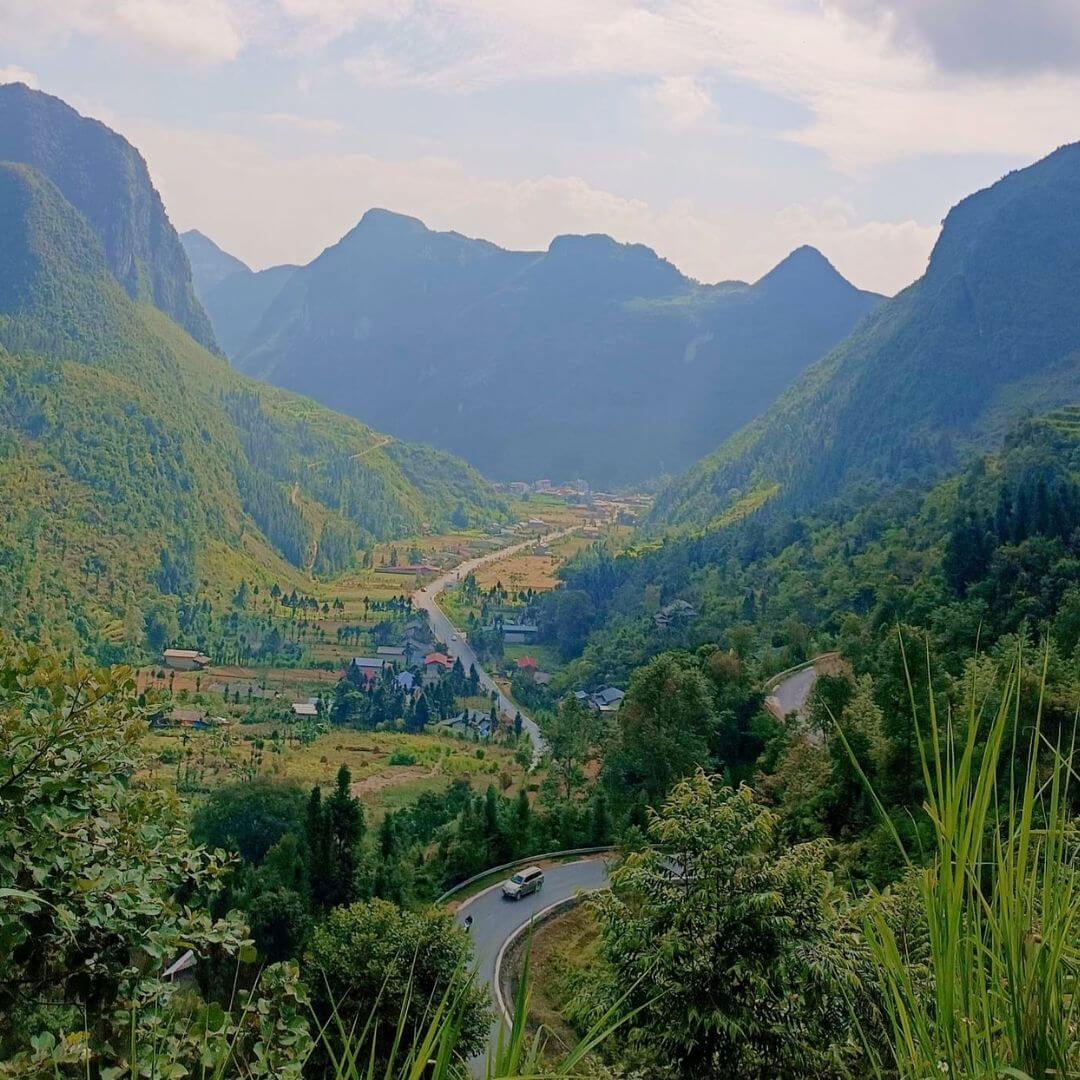
The rainy season, typically from June to September, sees fewer tourists visiting the region. This can provide a more authentic and less crowded experience. Here are the key pros and cons of visiting the Ha Giang rainy season:
Pros:
- Lush, Green Landscapes: The rain revitalizes Ha Giang’s flora, making the scenery exceptionally vibrant and picturesque.
- Fewer Tourists: With fewer travelers around, you can enjoy a more peaceful and intimate experience at popular attractions.
- Unique Cultural Experiences: Witness local life and agricultural practices that are unique to the rainy season.
Cons:
- Travel Delays and Disruptions: Expect possible road closures and delays due to weather conditions.
- Limited Visibility: Fog and rain can obscure panoramic views and affect photography.
- Challenging Terrain: Navigating the loop becomes more difficult due to wet and slippery roads.
>>> Read More: Best Time to Do Ha Giang Loop
Tips for Visiting Ha Giang in the Rainy Season
To make the most of your trip to Ha Giang during the rainy season, preparation is key. Here are some tips to help you:
- Pack Waterproof Gear: Bring a good quality rain jacket, waterproof backpack cover, and sturdy waterproof shoes.
- Travel Light: The roads can be challenging, so packing light will make your journey easier.
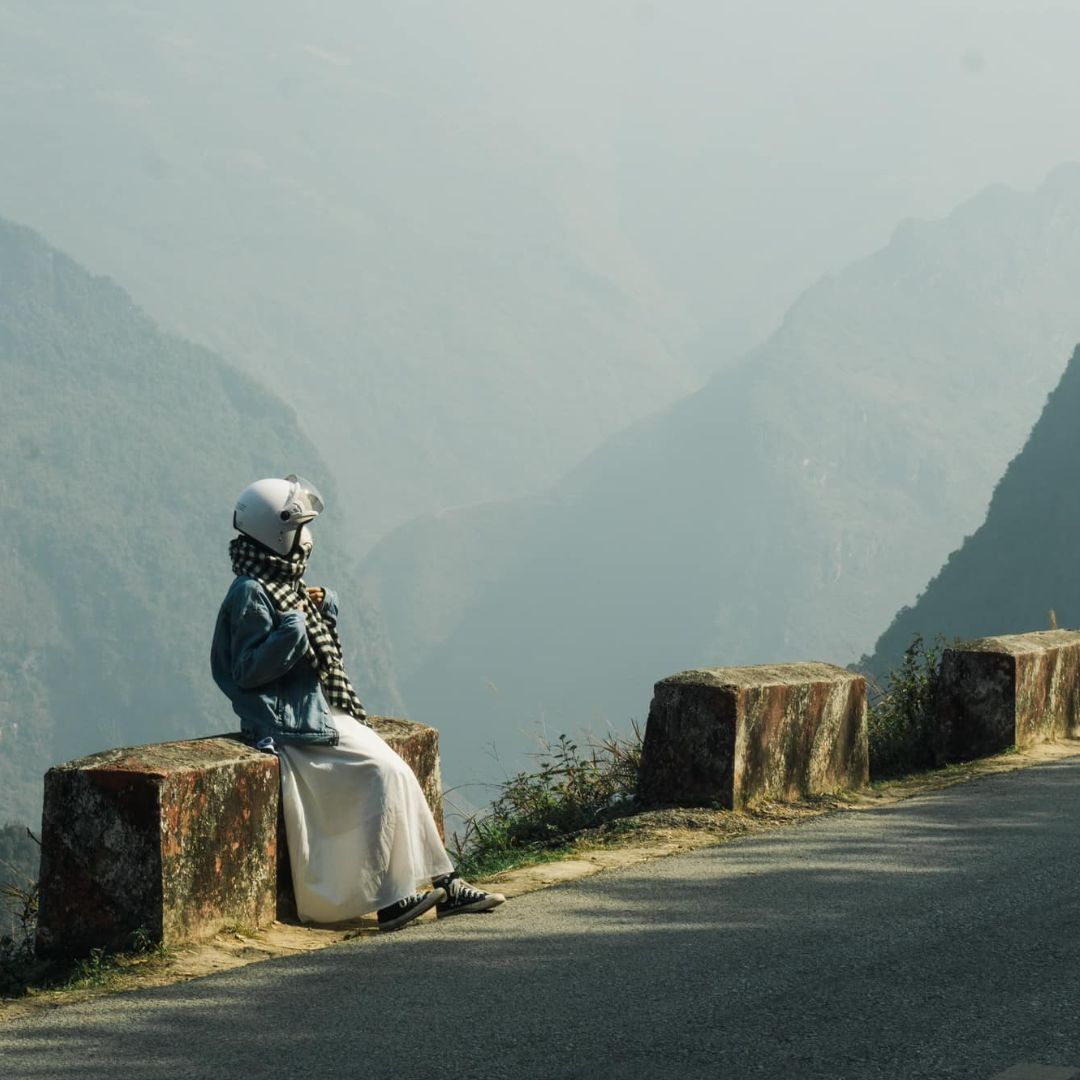
- Stay Updated on Weather Conditions: The weather can change rapidly, so keep an eye on the forecast and be flexible with your plans.
- Hire a Local Guide: A local guide can help you navigate the tricky terrain and provide valuable insights into the culture and history of the region.
Conclusion
While Ha Giang rainy season presents certain challenges, it also offers unique beauty and cultural experiences. The lush landscapes, rich culture, and thrilling activities create an unforgettable experience. With proper preparation and precautions, a visit during this time can be both safe and rewarding.
[WPSM_AC id=104]
